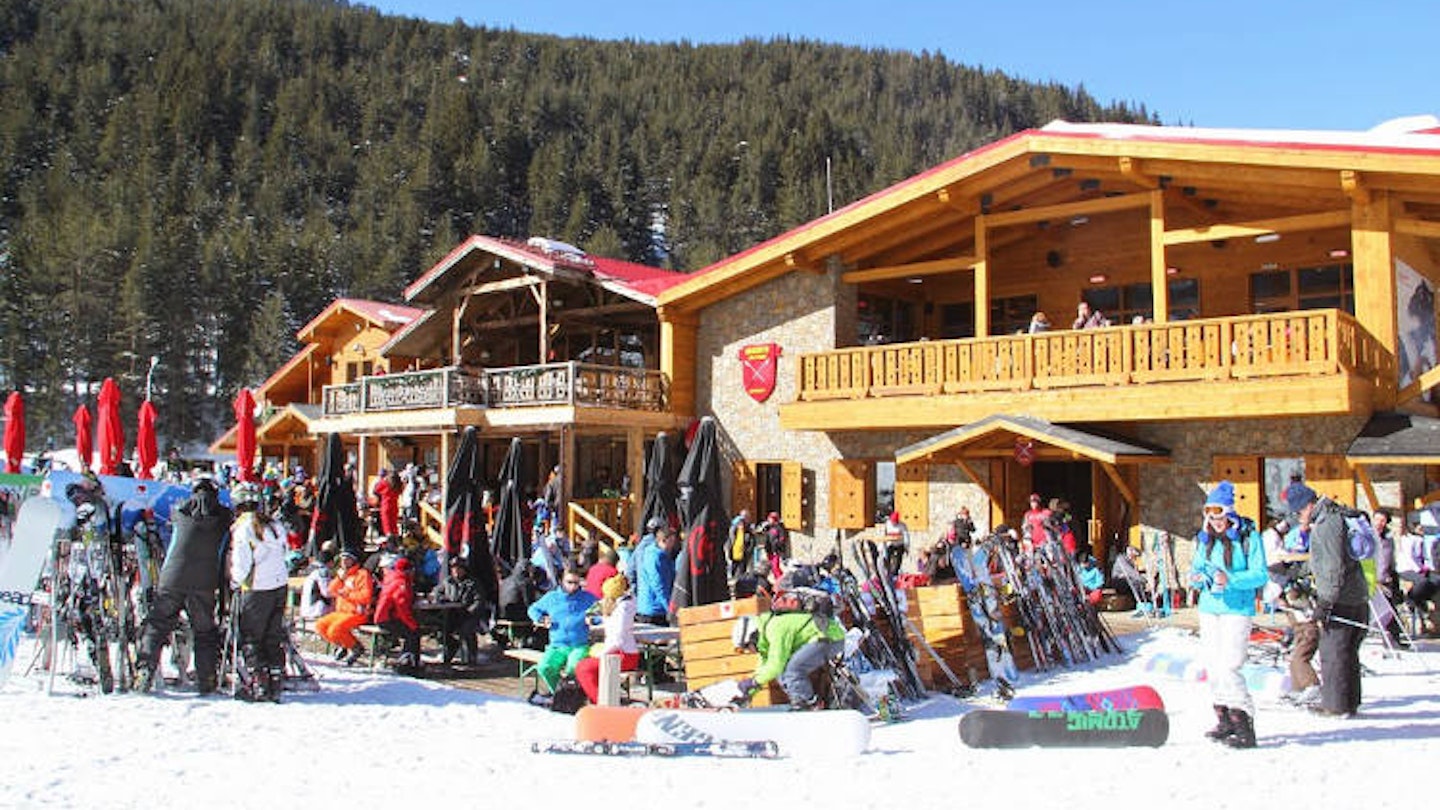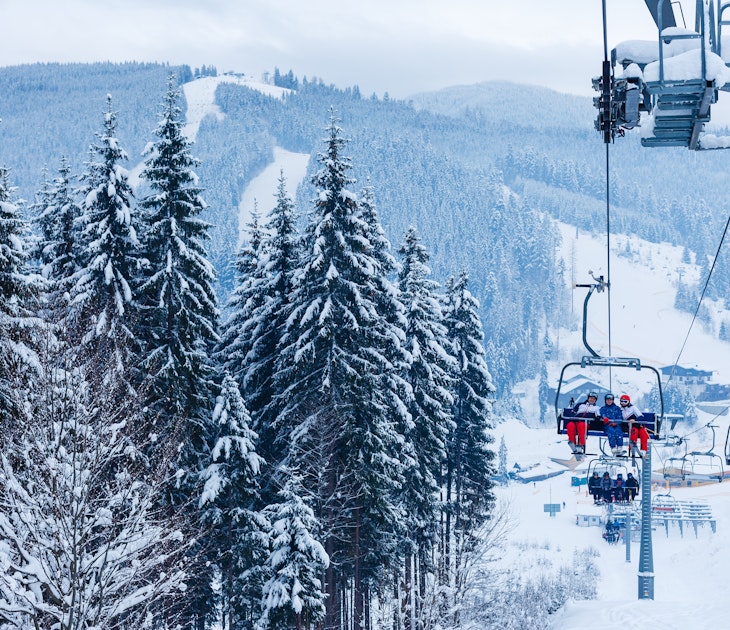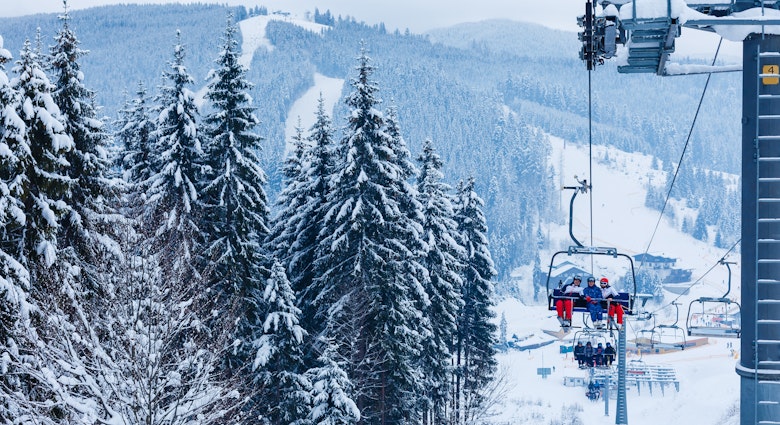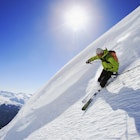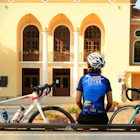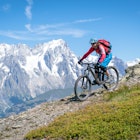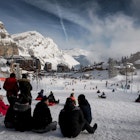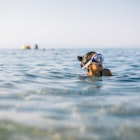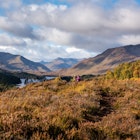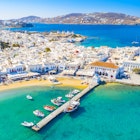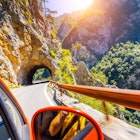In a continent with many glamorous ski options, Bulgaria’s Bansko is distinguished by great value for money and a cheerful atmosphere all its own. Nestled between a medieval town and the Unesco-listed Pirin National Park are 75km of piste, rising to an altitude of over 2500m, and with reliable snow cover between December and April. In 2021, the Bulgarian Ski Federation and Bansko will host the Ski World Cup and the World Championship, as well as the male skiers in February 2023, reinforcing its importance in the eastern European ski scene. Here's what you need to know about skiing in Bansko.

Terrain and network
Bansko ski resort offers 18 ski slopes. This includes six blue and two orange for the beginners, while for the advanced skiers and boarders there are 11 red and two black pistes to choose from. Needless to say that the beginner’s slopes are way busier than those for advanced riders, especially when it comes to official holidays in Bulgaria, during the weekends and on a sunny day. The 14km "ski road" from the summit to the town is great for those finding their legs, although it gets choked with homebound skiers after 4.30pm, when last rides are called on the lifts.
Intermediate and beginner skiers and boarders will find an excellent piste network on the mountain, served by a mixture of uncovered chairs and draglifts. When the snow is plentiful (as it generally is between January and April) there are some good off-piste options for the more advanced; and even when it’s not, more than 90% of the runs are equipped with snow-making facilities. Riding off-piste is not recommended if you're not equipped for freeriding, as the avalanche risk is high right after snowfalls and in warmer weather. It's best to join an off-piste ski tour led by a certified local guide.
When not swaddled in cloud, the arresting beauty of the 400-sq-km Pirin National Park is a real highlight. It is home to between one quarter and one third of the country’s plant and bird species, includes dramatic peaks such as Mt Vihren (2914m) and Todorka (2746m), and even reputedly shelters wolves and bears. On clear days with good snow underfoot it’s hard to beat the combination of Bansko’s long, broad and varied runs, banks of stately fir trees, and views of the surrounding peaks and town below.

Gondola and chair lift access
While Borovets was once the largest resort in Bulgaria, Bansko now claims that honour. Accordingly, it can attract large crowds from Bulgaria, Romania, Greece, Russia, Turkey and the UK, putting infrastructure under significant pressure at peak times (such as the first week of February, when peak snowfall coincides with several national and school holidays in the region).
The resort’s major drawback – a significant bottleneck at the sole gondola leading from the town to the higher lift network – becomes apparent in these peak periods. A campaign to open a second gondola is underway, but may not overcome restrictions placed on further development in the national park. Canny skiers trying to avoid delays of up to an hour have tended to join the gondola queue on opening (8.15am), but word has spread and now the early morning queues can be the worst of the day. An alternative, in the form of free buses for those with lift passes, relieves only some of the pressure. If you own a seasonal ski pass, you’ll have VIP access to the gondola lift. In November, as preparation for the upcoming season, the prices of seasonal ski passes are reduced and you can save up to 200 lv. At the end of the ski season in April, the prices are always cheaper.
The uncovered chairs can also be problematic when winds are high, as the closure of the most exposed lifts (towards the summit) reproduces the crush experienced at the gondola. Basically, when the resort is full and the wind is up, expect to wait. And the sooner you adjust to Bulgarian queuing etiquette (if there’s a bare patch of snow in front of you, surge forward), the sooner you’ll be on your run.
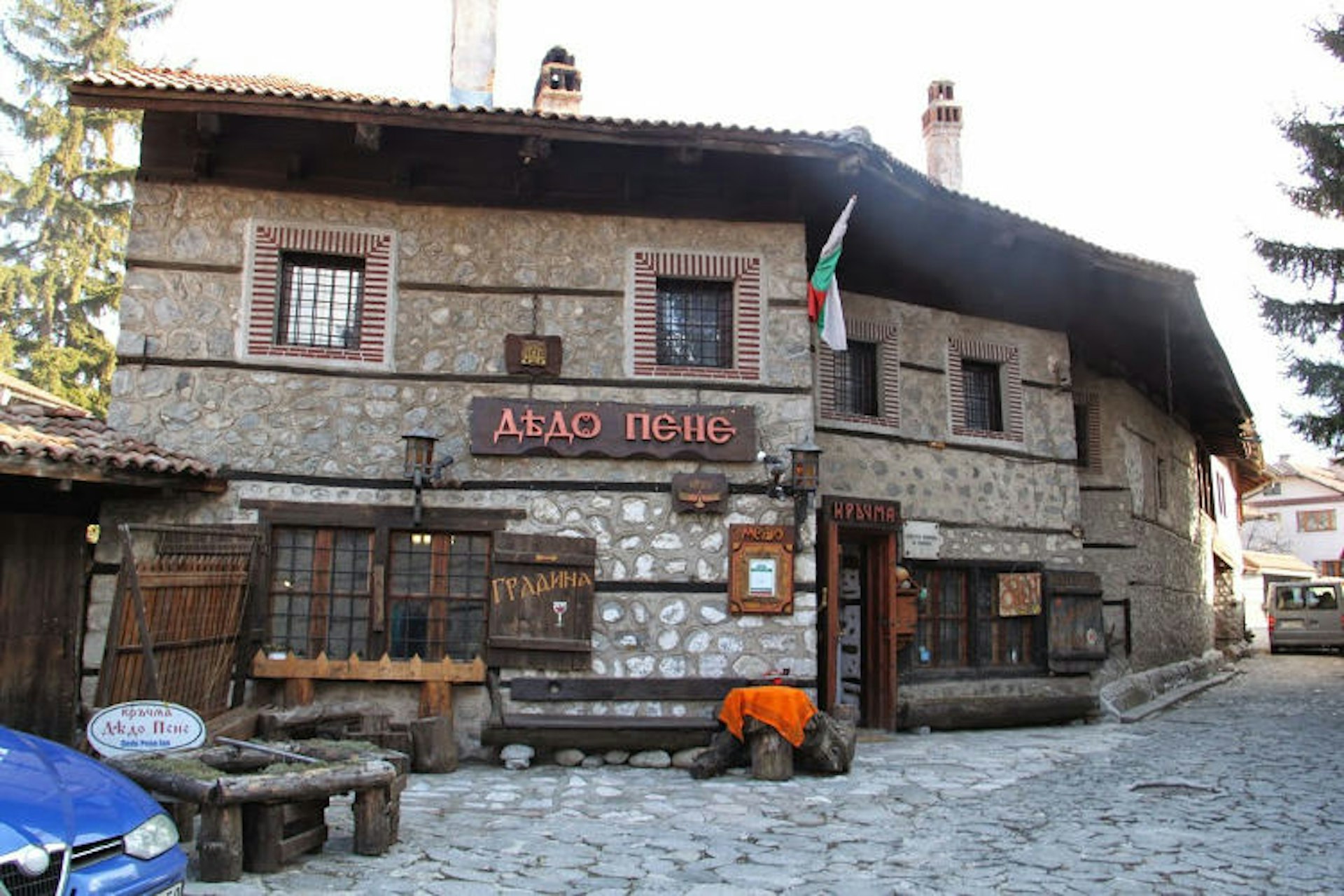
Eating and après-ski
As can be expected, food and après-ski entertainment on the mountain comes at a premium; in fact, the discrepancy between what you’ll pay on the slopes and what you’ll pay in the town is greater in Bansko than in many other European resorts. But given that prices are so much lower across the board than those found in Austria, France or Switzerland, this isn’t necessarily such a drain. A Bulgarian-brand beer on the slopes costs around 6 lv, and a proper lunch will cost about 20–30 lv.
Once off the mountain, there’s a wonderful array of cheap eating and drinking options on offer: from tacky UK-themed pubs serving the lager-and-Sky-football crowd, to snug, atmospheric mehanas (traditional taverns) knocking out hearty local specialties in the tangled streets of the old town. Sex shops, outlets for Bulgarian crafts, half-built hotels, traditional timbered houses and grey-stone monasteries complete an atmosphere unique among European ski resorts.

Make it happen
Getting there Hotels and chalets can arrange transfers from Sofia, Plovdiv and Thessaloniki. Alternatively, you can organise your own transfer (try Bansko Express, Sofia Airport Taxis, or Ski Bansko Traventuria) or brave the Bulgarian bus or rail system.
Where to stay Bansko has many hotels (try Kempinski Hotel Grand Arena for luxe accommodation, or Hotel Avalon if you’re on a budget) and chalets.
Lifts and equipment There are lots of rental outlets in the higher reaches of the town; prices are mostly comparable (and service relaxed and efficient) across the board. Lift passes (400 lv/€205 for six days; student discount available) can be arranged in advance through your chalet or online via Ski Point. Passes can also be bought from the gondola at the foot of the mountain, but expect to queue.
Other Bulgarian resorts
Pamporovo Located in the Rodopi Mountains (240km from Sofia), Pamporovo is lower than Bansko, and offers a similar blend of beginner, intermediate and advanced terrain. Prices are also similar, while the network is slightly smaller and milder conditions are more common.
Chepelare Just 10km from Pamporovo, Chepelare is a smaller resort best suited to family ski holidays. With only 20km of piste and a small lift network, the low prices may not be enough to satisfy more advanced thrill-seekers. Mechi Chal, the longest ski slope in Bulgaria (almost 6km) is situated here, and it is certified by FIS for world skiing competitions.
Borovets Located in the Rila Mountains (72km from Sofia), Borovets is Bulgaria’s oldest ski resort, and was the largest before Bansko muscled in. Its 58km of piste range similar altitudes and difficulty levels to Bansko, and prices are comparable.
Vitosha Basic facilities and accommodation are compensated for by Vitosha’s lower prices and its accessibility (it’s a mere 10km from Sofia).
Article first published in February 2015, and last updated by Stanislava Encheva in January 2020
Make sure you're ready for anything with travel insurance from our trusted partners. Check out adventure tours for every traveller from our trusted partners.
